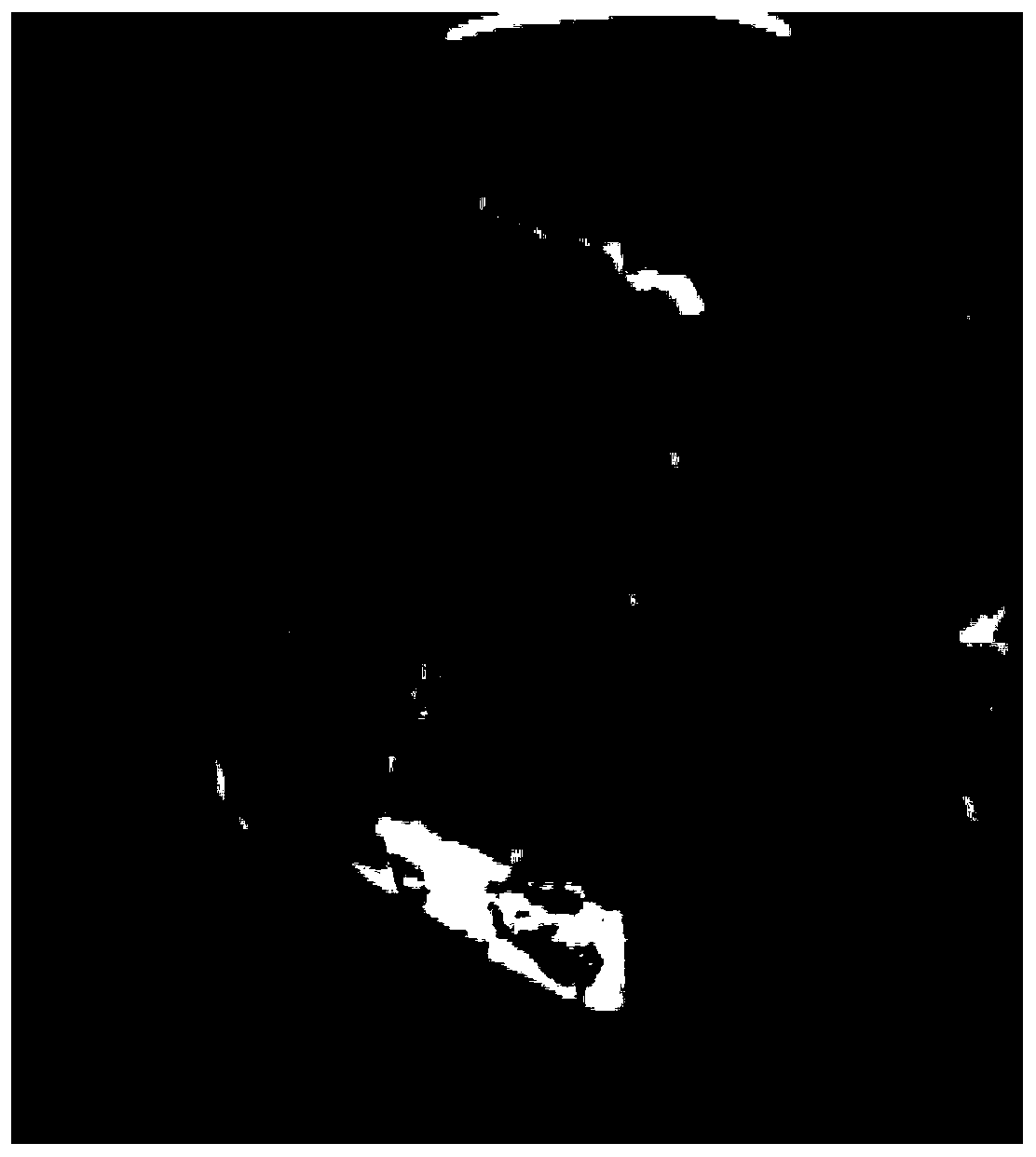Nanogold for detecting Aphelenchoides besseyi and application thereof
A technology of angiostrongylus and nano-gold, which is applied in the field of nano-gold for detecting angiostrongylus cantonensis, can solve problems such as inability to achieve early detection, achieve good early detection and sensitivity, good detection result accuracy, and detection efficiency high effect
- Summary
- Abstract
- Description
- Claims
- Application Information
AI Technical Summary
Problems solved by technology
Method used
Image
Examples
Embodiment 1
[0087] Preparation of Canton round line antigen.
[0088] Animal model establishment
[0089] Infection of intermediate hosts: Feed stage I larvae isolated from feces to apple snails fasted for 24 hours for continuous infection for 3 days, each time feeding for 11 hours (10-12 hours), and eating after 12 hours after infection. For details, please refer to the attached figure 1 .
[0090] Stage III larvae collection: 12 hours after stage I larvae were infected with apple snails, pepsin digestion was used to separate and collect stage III infection stage larvae, crush and remove the reared apple snails, and use a high-speed tissue mixer to fully crush them and weigh them. Add 10g of net weight snail meat with 250mL of digestive juice (3g of pepsin, 7mL of concentrated hydrochloric acid, and 1L of deionized water), put it in a thermostat at 37°C for 10h (8-10h), filter it with a 200-mesh sieve, and filter the obtained Leave the filtrate at room temperature for 15 minutes to pre...
Embodiment 2
[0113] A method for preparing gold nanorods for detecting Angiostrongylus cantonensis.
[0114] Preparation of nano gold rods (seed crystal method)
[0115] Prepare gold crystal seed solution: mix 140 μL HAuCl 4 (0.1M) and 6.86mL of pure water to prepare HAuCl 4 (2mM) solution; freshly prepare NaBH 4 (0.01M) Store at 4°C for 8 minutes; mix 625μL HAuCl 4 (2mM), 1.88mL CTAB (0.2mM, Hexadecyl trimethyl ammonium Bromide, hexadecyltrimethylammonium bromide) and 1.37mL pure water, mix well and stir for 1 minute, then add freshly prepared 450μL NaBH 4 Obtain the golden crystal seed liquid, shake vigorously for 2 minutes, and the color of the golden crystal seed liquid changes from yellow to light brown. Place in a 27°C incubator and incubate for 2 hours to obtain a gold crystal seed solution.
[0116] Prepare growth medium: mix CTAB (0.2M, 11.875mL), 7.71mL pure water, HAuCl 4 (2M, 5mL) shake well, then add AgNO 3 (10mM, 150μL), AA (100mM, 160μL, ascorbic acid) were oscillated...
Embodiment 3
[0133] The optimal coating concentration of the antigen provided in Example 2 was verified.
[0134] Ultraviolet spectrophotometer was used to detect the shift of the red peak of the longitudinal plasmon resonance band before and after the antigen was labeled with gold nanorods, and the optimal coating concentration of the antigen was determined according to the shift of the red peak.
[0135] Experimental results
[0136] V stage larval crude antigen
[0137] The scanning spectrum of ultraviolet spectrophotometer (UV-Vis) is attached Figure 9 As shown, the changes of the longitudinal plasmon resonance band coating and detection absorption peak (LSPR) are as attached Figure 10 shown.
[0138] attached by Figure 10 It can be seen that according to the shift of the red peak, the optimal dilution concentration of stage V larval antigen is: 30 μg / mL>50 μg / mL>10 μg / mL=20 μg / mL=40 μg / mL>60 μg / mL. Therefore, when the maximum red peak shift of V-stage larvae before and after c...
PUM
 Login to View More
Login to View More Abstract
Description
Claims
Application Information
 Login to View More
Login to View More - R&D
- Intellectual Property
- Life Sciences
- Materials
- Tech Scout
- Unparalleled Data Quality
- Higher Quality Content
- 60% Fewer Hallucinations
Browse by: Latest US Patents, China's latest patents, Technical Efficacy Thesaurus, Application Domain, Technology Topic, Popular Technical Reports.
© 2025 PatSnap. All rights reserved.Legal|Privacy policy|Modern Slavery Act Transparency Statement|Sitemap|About US| Contact US: help@patsnap.com



